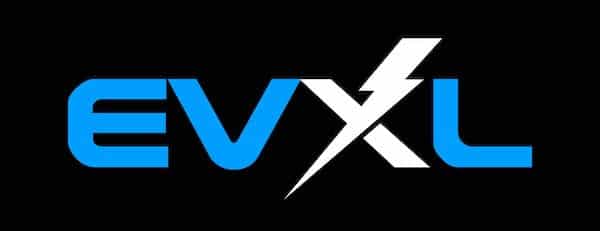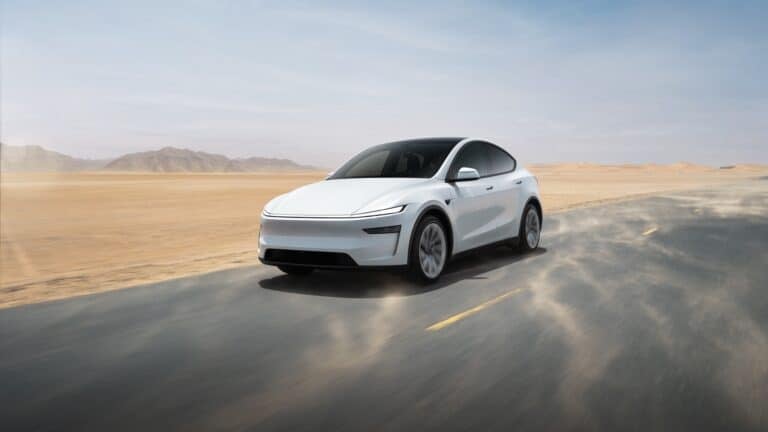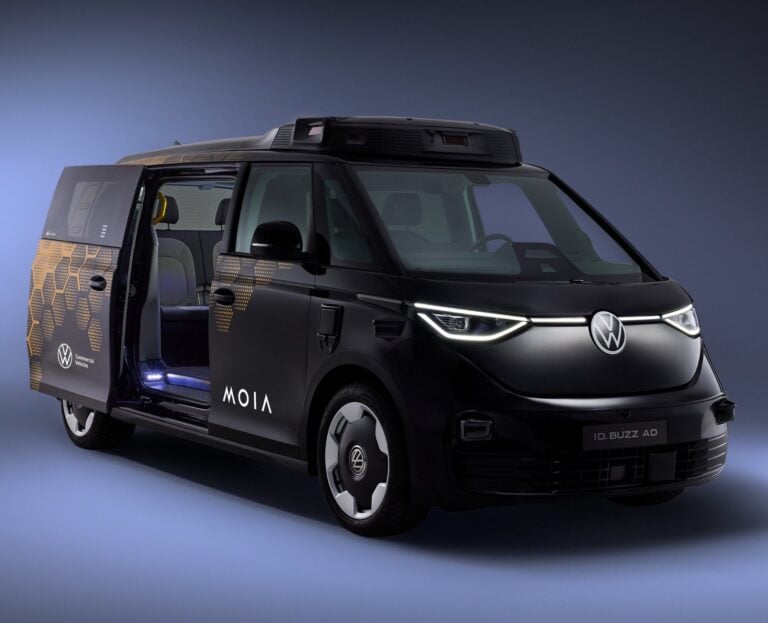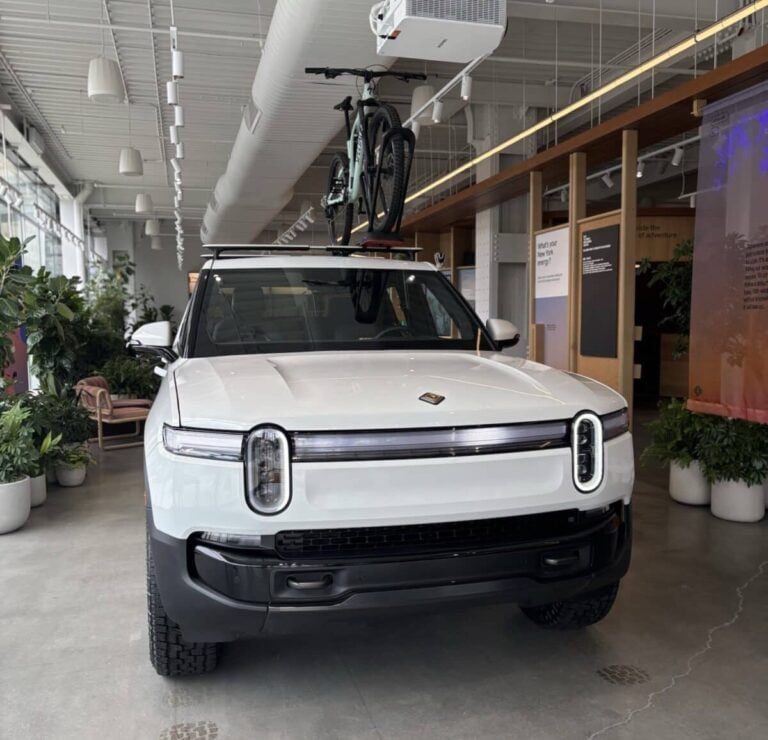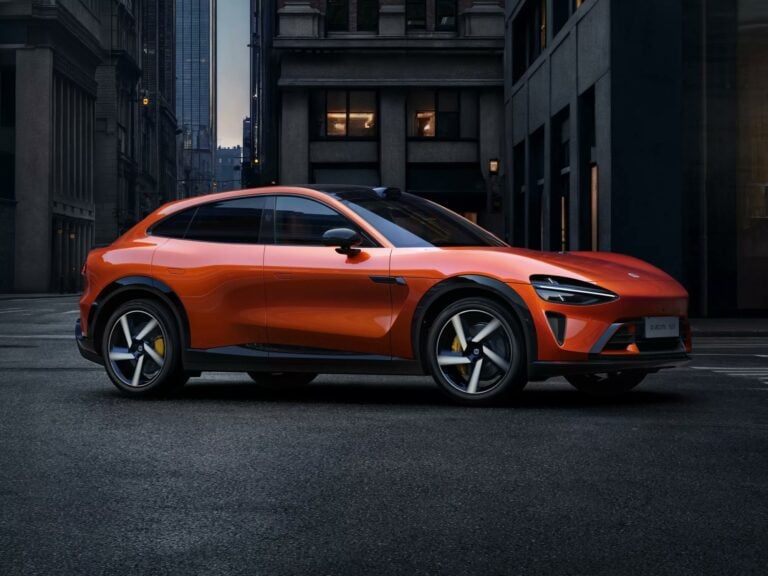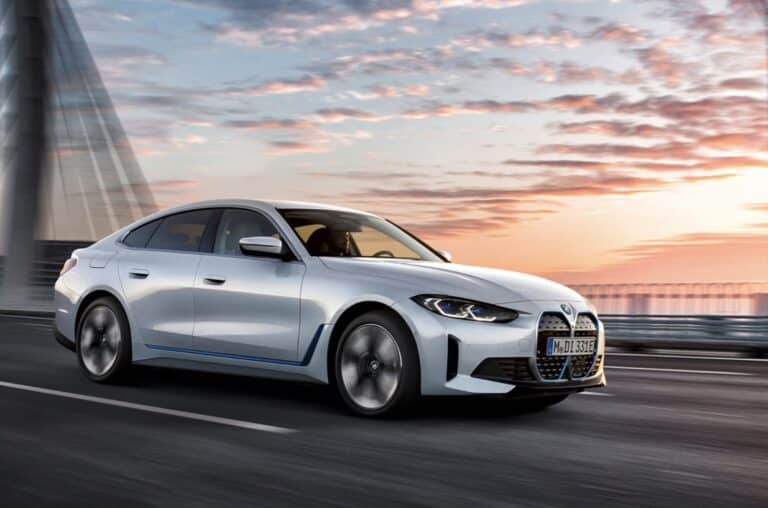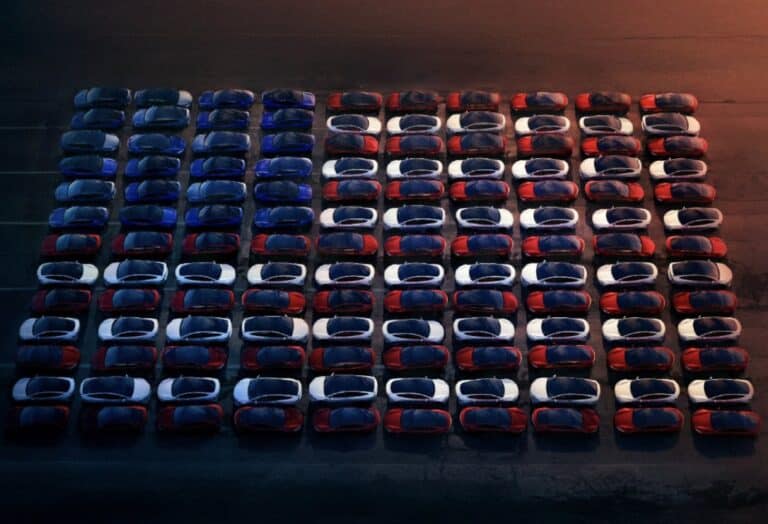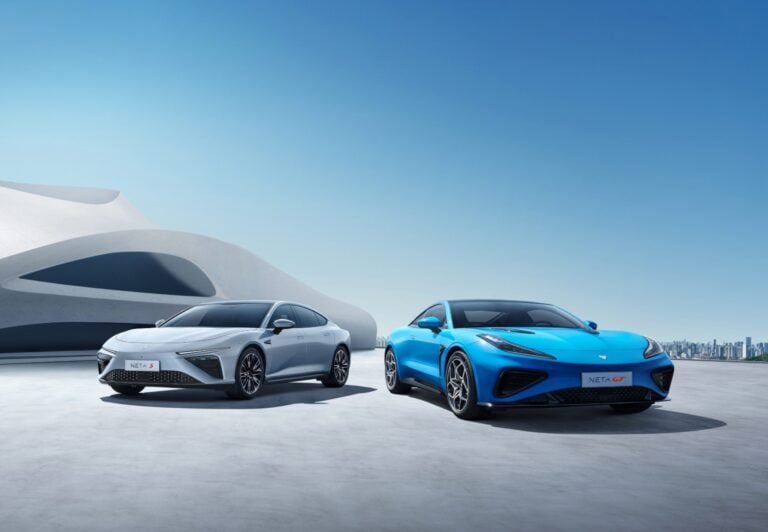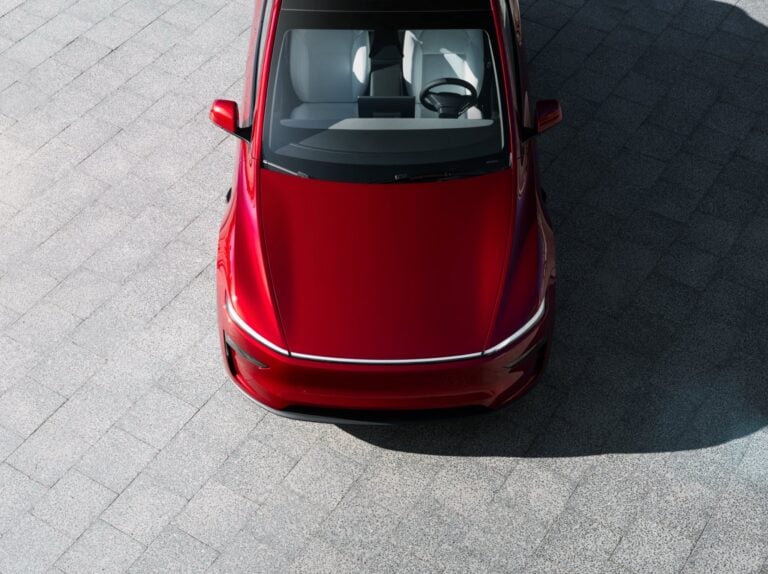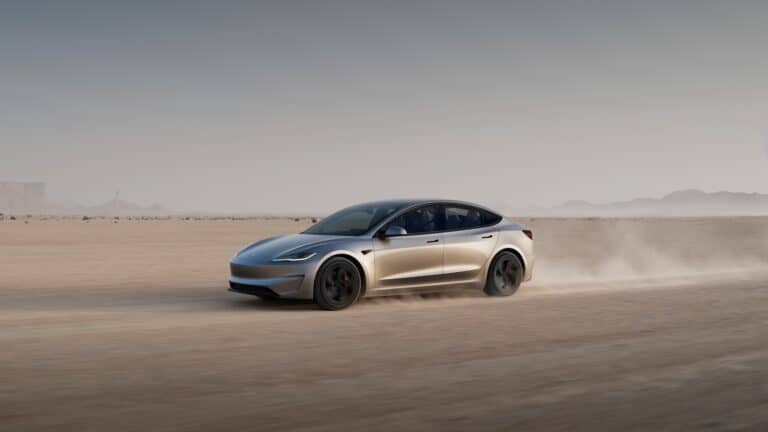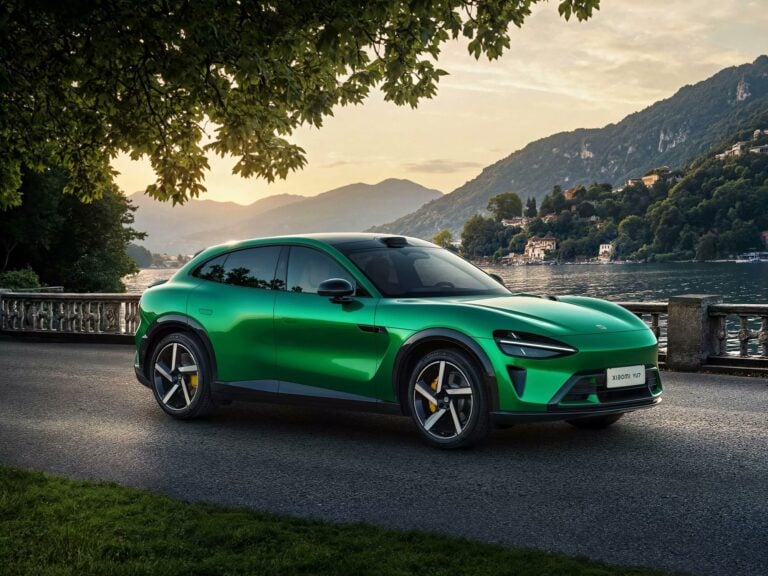In an innovative approach to urban EV charging infrastructure, Barcelona’s metro system has implemented a groundbreaking solution that harnesses regenerative braking energy from subway trains to power electric vehicle charging stations at street level, reports the AP.
The MetroCharge project, deployed across 16 subway stations, captures kinetic energy from braking trains and redirects it through a sophisticated power management system. This recovered energy not only powers the stations themselves but also feeds surface-level EV charging stations, creating a unique symbiosis between public transit and private electric vehicles.
With an investment of €7.3 million ($7.6 million), Barcelona’s transit authority TMB expects to recover costs within four years through reduced energy consumption. The system currently provides complete power for 28 of the network’s 163 stations, achieving a 6% reduction in overall metro energy usage across a network serving 2.3 million daily riders.
Dr. Alvaro Luna from the Polytechnical University of Catalonia highlights the project’s innovative urban planning aspect, noting that the proximity of charging stations to energy recovery points enables more efficient power distribution compared to feeding electricity back into the general grid. This localized approach could potentially translate to more competitive charging rates for EV owners.
The initiative arrives at a critical juncture for Spain’s EV infrastructure development. Despite ambitious government targets established in 2021, the country’s charging network has reached only 37,000 points – significantly short of the 100,000-point goal, according to ANFAC (Spanish Association of Automobile and Truck Manufacturers). This shortfall underscores the challenges facing Spain’s electric mobility transition, particularly in areas outside major urban centers.
While the Barcelona system demonstrates promising potential for dense urban environments, its broader applicability may be limited to cities with extensive metro networks. The project’s success in Barcelona, where an average of 2.3 million daily subway riders generate substantial regenerative braking energy, suggests similar opportunities might exist in other major metropolitan areas with significant subway infrastructure.
The integration of solar panels into the system further enhances its renewable energy credentials, although specific capacity details weren’t disclosed. This hybrid approach to power generation exemplifies the kind of innovative thinking needed to accelerate EV adoption while maximizing existing infrastructure efficiency.
For Spain, this development comes amid broader changes in the European EV landscape, including recent moves by the EU to implement tariffs on Chinese EVs and significant investments in domestic manufacturing capability, such as the newly announced CATL-Stellantis battery factory in Zaragoza.
As cities worldwide grapple with EV charging infrastructure challenges, Barcelona’s MetroCharge project offers a compelling model for leveraging existing transit infrastructure to support electric mobility. However, the initiative’s success also highlights the continuing need for comprehensive charging solutions beyond urban centers, where similar synergies with public transit may not be feasible.
Photo courtesy of Wikipedia.
Discover more from EVXL.co
Subscribe to get the latest posts sent to your email.
